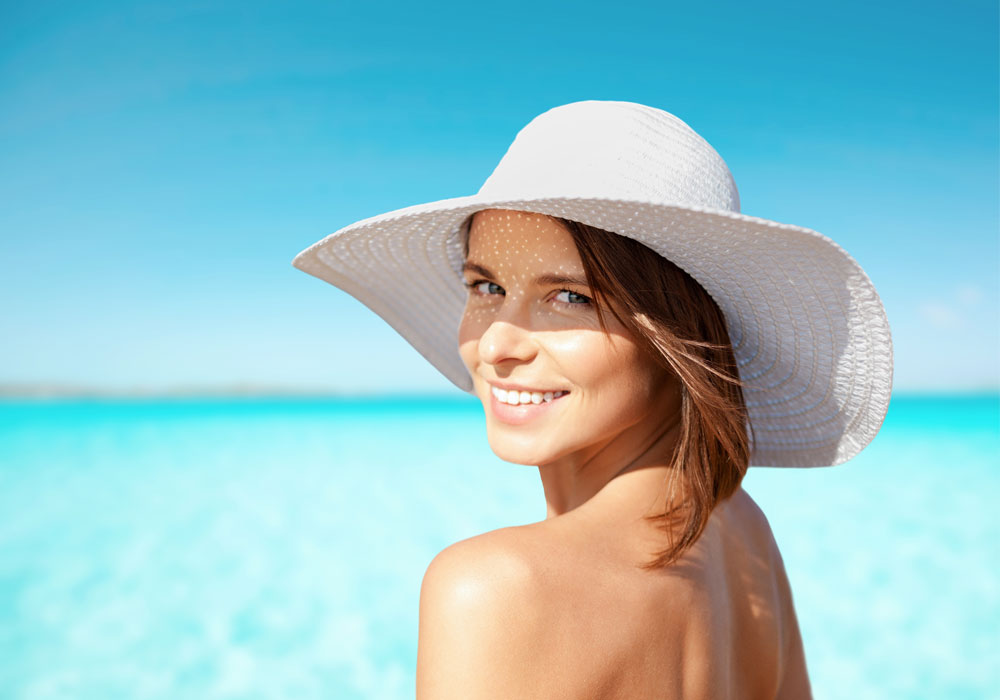The sun is very important to our life, positively contributing to both to our mood and our psychology, while also playing a key role in the synthesis of vitamin D, which is a valuable health ally.
However, the wise phrase “everything in moderation” applies here as well. While the sun is essential for life, we should deal with it with restraint, as prolonged exposure to solar radiation -especially without the necessary protection- adversely affects our skin and may possibly lead to photoaging.
But what is, in fact, photoaging?
To understand photoaging, we should firstly understand what solar radiation is and how exactly it affects our skin.
The sun constantly emits electromagnetic rays. Not all of them have the same intensity and -thankfully- the atmosphere filters the most harmful ones out. However, some reach the Earth’s surface and form the so-called “solar spectrum”, which consists of different radiation types, with UVA and UVB ultraviolet rays being more aggressive. Our prolonged exposure to them destroys important skin proteins, while also causing damage to both our cells and DNA.
So, photoaging is a consequence of the cumulative skin damage caused by ultraviolet radiation over time, with its first symptoms usually becoming visible around the age of 40 -or even earlier- to both women and men.

The signs of photoaging
The changes that are observed may be milder or more intense and depend to a considerable extent, on the skin type. Skin “damaged” by solar radiation demonstrates:
- Skin sagging
- Wrinkles
- Dark spots
- Melasma
- Dull appearance and roughness
- Dehydration
Before you have to deal with it… just prevent it!
Skin aging is an irreversible process, so the best solution for skin protection is prevention.
– Sunscreen, sunscreen, sunscreen! Our ally to keep our skin healthy and protected. A sunscreen with high SPF is necessary not only during summer but also during winter (even on cloudy days). Try Sun Protection Milk SPF 50, which is ideal for the entire family, and is applied on the face and the body, without leaving any greasiness.
– Applying once, however, is not enough! We should make sure to renew our sunscreen as often as needed (depending on SPF), and especially immediately after swimming.
– Hat, good quality of sunglasses, light clothes… the essentials to start your day, especially from spring and onwards, when the sun becomes more threatening.
– It is very important to avoid exposure to the sun between the hours of 11:00 – 15:00 when solar radiation is more dangerous to the skin.
Visit your dermatologist, discuss with him, and he will guide you properly, so that you can enjoy the sun with the necessary protection, while also reducing the possibility of photoaging.
